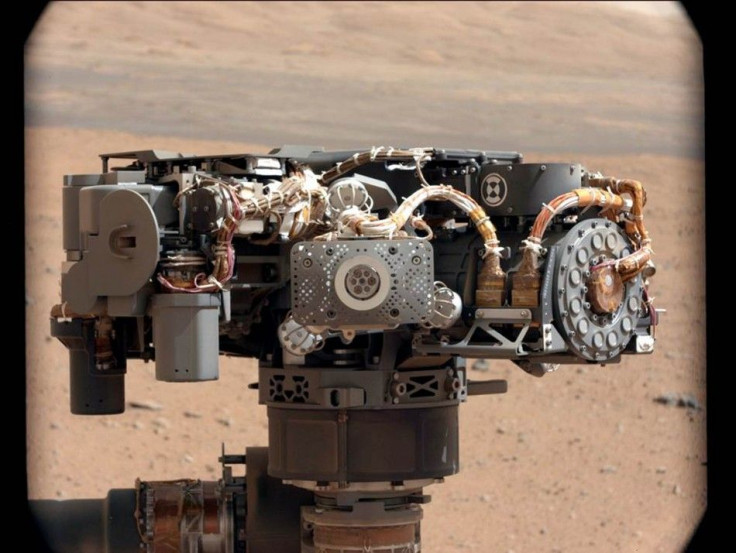Curiosity Team Denies Claims Of Possible Signs Of Life And Traces Of Microbes Found On Mars—Report

NASA's Curiosity team has expressed their doubts on the report claiming possible traces of microbial life forms have been spotted on Mars. The findings by an outside researcher recently made headlines and created quite a stir. However, the Curiosity team has turned down the analysis of the Martian structures and suggested probably they don't have biological origin.
Nora Nofke, a geobiologist of Old Dominion University, analysed the photos captured by NASA's Curiosity Rover of intriguing structures found on Mars. The photos were of a structure formed in Mars' 3.7 billion years old Gillespie Lake outcrop located in Yellowknife Bay area of Gale Crater.
According to Daily Mail, Nofke studied some morphological structures that are called microbially-induced sedimentary structures. These structures have similarities with structures found in shallow water and in ancient rocks on the Earth. Nofke reportedly spent several weeks studying NASA's images and comparing them to the photos of the sites of sediment surfaces on Earth found in Portsmouth Island, USA, Carbla Point, Australia and Mellum Island, Germany.
Nofke's analysis stated that the lake contains structures which may have biological origin. However, she continued to emphasise that this is not the classic proof of life on mars but her study is a hypotheses.
Meanwhile, speaking to Space.com, mission project scientist Ashwin Vasavada of NASA's Jet Propulsion Laboratory in Pasadena, California revealed Curiosity team members have also observed these structures found in Mars' Gillespie Lake. However, the Curiosity team has a "different" explanation.
According to Vasavada, cracks, pockets and other structures seen on Mars in Curiosity photos, "can't be explained by natural processes of transporting that sand in water, and the nature of the rocks suggested that it was just a fluvial sandstone." The scientist explained that there are team members who are always looking out for signs of life or "biological processes" on the red planet, however, here they didn't find anything exceptional "that wasn't just a consequence of erosion of this sandstone."
Vasavada emphasised that Curiosity team welcomes analyses from outside researchers like Nofke. Nofke's paper was published in the journal Astrobiology, titled "Ancient Sedimentary Structures in the < 3.7 Ga Gillespie Lake Member, Mars, That Resemble Macroscopic Morphology, Spatial Associations, and Temporal Succession in Terrestrial Microbialites."
For questions/comments regarding the article, you may email the writer atj.kaur@IBTimes.com.au.






